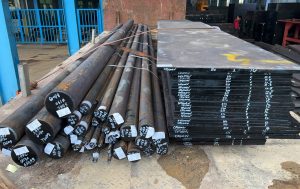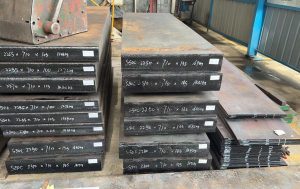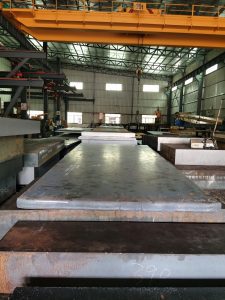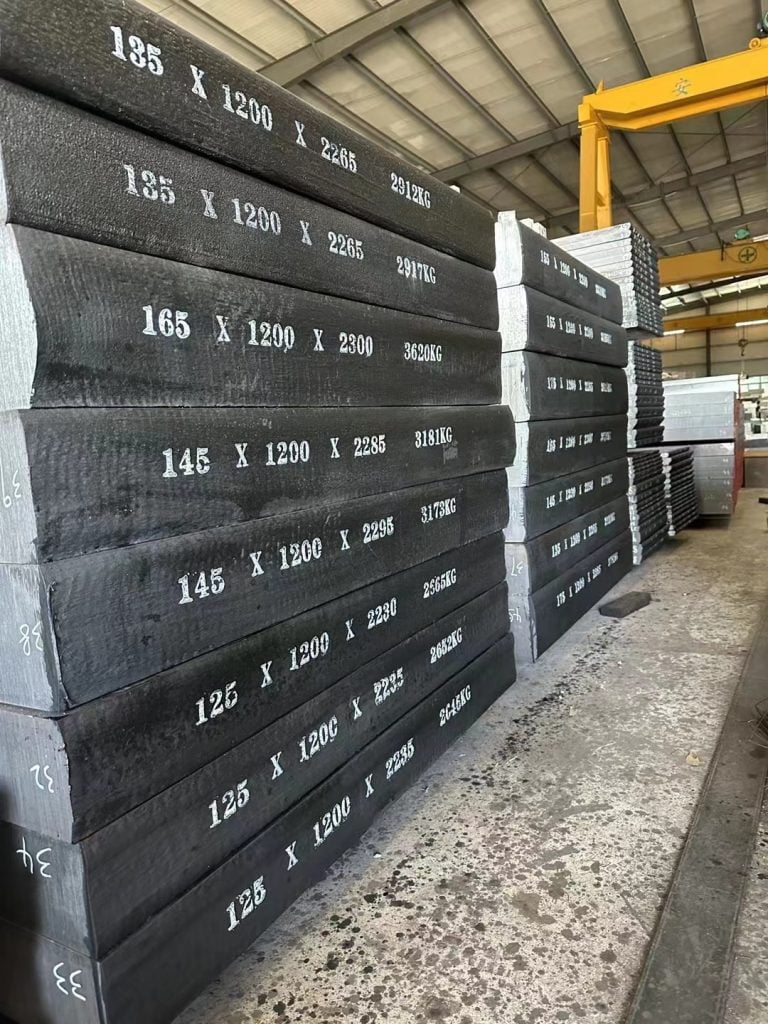In the vast realm of steel alloys, one particular workhorse stands out for its versatility, reliability, and wide-ranging applications—1045 carbon steel, also known by its designation 1.1730. In this comprehensive guide, we embark on a journey to uncover the hidden potential and myriad uses of 1045 carbon steel.
Understanding 1045 Carbon Steel: 1045 carbon steel is a medium carbon steel known for its excellent strength, toughness, and wear resistance. With a carbon content ranging from 0.43% to 0.50%, it strikes a balance between hardness and machinability, making it a favorite across various industries.
Key Characteristics:
- Strength and Durability: 1045 carbon steel boasts impressive tensile strength and hardness, making it suitable for applications that demand robustness.
- Machinability: Its machinability is a standout feature, allowing for ease of machining, forming, and welding. This makes it an ideal choice for a wide array of manufacturing processes.
- Versatility: From gears and shafts to bolts and general machinery components, 1045 carbon steel finds applications in diverse industries, including automotive, construction, and manufacturing.
Applications:
- Shafts and Rotating Components: The high tensile strength of 1045 steel makes it an excellent choice for shafts, gears, and other rotating components where durability and wear resistance are crucial.
- Forgings and Fabrication: Its machinability and formability make 1045 a preferred material for forgings and fabrication, providing manufacturers with a versatile option for creating custom components.
- General Machinery Parts: From bolts and nuts to hydraulic components, 1045 carbon steel serves as a reliable material for general machinery parts, contributing to the efficiency and longevity of various systems.
Machining Processes:
- Turning and Milling: 1045 steel responds well to turning and milling operations, allowing for precise shaping and dimensional accuracy.
- Heat Treatment: While 1045 is often supplied in a normalized or hot-rolled condition, heat treatment processes like quenching and tempering can be employed to achieve specific hardness levels for different applications.
Conclusion: Unlocking the potential of 1045 carbon steel opens doors to a world of possibilities in manufacturing and engineering. Its combination of strength, machinability, and versatility positions it as a cornerstone material in various industries. As we delve deeper into the nuances of this exceptional steel, it becomes clear that 1045 is more than just a material; it’s a key player in the success of countless projects and applications across the industrial landscape.




